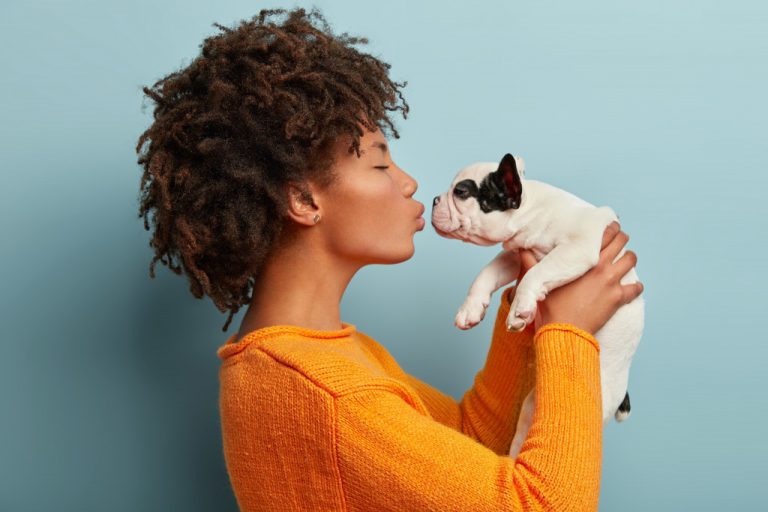- Owning a pet can have mental health benefits, such as reducing stress and anxiety levels.
- Before getting a pet, it’s crucial to identify and remove potential home hazards.
- Proper nutrition and regular exercise are essential for pets’ health and well-being.
- Social activities like walks and obedience classes are crucial for pets’ socialization and stress reduction.
- Pet owners should choose high-quality pet food based on their pet’s dietary preferences and needs.
There are numerous benefits to having a pet, both for mental health. According to the American Pet Products Association survey, approximately 68% of US households own a pet for a good reason. Here are some statistics to back up the importance of owning a pet:
Studies have shown that spending time with a pet can help to reduce stress and anxiety levels. In one study, it was found that people who owned a pet had lower levels of cortisol, a hormone that is released in response to stress. Additionally, spending time petting or playing with a pet can trigger the release of oxytocin, a hormone that can help to lower stress levels.
Pets can also have a positive impact on your mental health. A study published in the Journal of Personality and Social Psychology found that pet owners had higher levels of self-esteem and felt more connected to their community. Additionally, pets can help to reduce feelings of loneliness and depression, providing companionship and a sense of purpose.
However, having a pet can be challenging. It requires a certain level of responsibility and commitment that may not be easy for everyone. That being said, it is essential to understand the basics of pet ownership and how to prepare for the transition before bringing a pet into your home. Here are a few to consider:
Home Hazards

Identifying potential home hazards is one of the most critical aspects of preparing for a pet. Pets can be curious and explorative, and it’s crucial to ensure that their environment is safe and free from anything that could harm them. Here are the most prominent examples of potential home hazards that pet owners should be aware of:
Toxic Substances
Pets are particularly susceptible to toxic substances that are commonly found in households. These include cleaning supplies, pesticides, and human foods like chocolate, grapes, and onions. Keeping these substances out of reach and locked away in cabinets or closets. Pet owners should also read labels carefully and avoid products that contain harmful chemicals.
Electrical Cords
Cords from electrical appliances and devices are also a potential hazard for pets. Chewed cords can cause electrocution or other injuries, and fires can occur if the cords become frayed or damaged. Owners can use cord covers or tape to hide cords and discourage pets from chewing on them. Additionally, it’s recommended to unplug devices when not in use.
Sharp Objects
Sharp objects like knives or broken glass can cause serious pet injuries. It’s essential to keep these items out of reach and adequately dispose of them. Pet owners should also check their homes for any potential sharp objects that may be hidden, such as nails or screws.
Small Objects
Small objects, such as toys, coins, or buttons, can be ingested by pets, leading to choking or digestive problems. Keeping small items off the floor and out of reach or locked away in containers is essential. In particular, pet owners should be cautious with children’s toys, as they may have minor, detachable parts.
Nutrition and Exercise

Proper nutrition and regular exercise are essential for maintaining the health and well-being of pets. In the same way, these factors affect human health and play a vital role in ensuring that pets are happy and healthy.
Pet owners should eat high-quality pet food containing protein, fat, carbohydrates, vitamins, and minerals. Owners should also know their pet’s dietary preferences and choose food accordingly. For example, some pets may need special diets tailored to their specific needs, such as low-fat or low-protein diets for pets with certain medical conditions.
The amount and type of exercise a pet needs depends on age, breed, and overall health. Pet owners should consider their pet’s unique needs and capabilities and aim for at least 30 minutes of daily exercise. Walking, running, playing fetch, and swimming are all great ways to keep pets active and healthy.
Social Activities
Social activities are also an essential part of pet ownership. Giving your pet opportunities to interact with other animals and people is critical. This will help them become more comfortable in social settings and reduce stress. Taking your pet on walks, going to the dog park, or enrolling them in obedience classes can benefit socialization.
Final Thoughts
Having a pet can be an enriching experience, but it’s important to remember that many steps are involved in preparing for the adjustment. By carefully considering these factors and ensuring your home is safe, you’ll be well on your way to becoming a responsible and loving pet owner.













